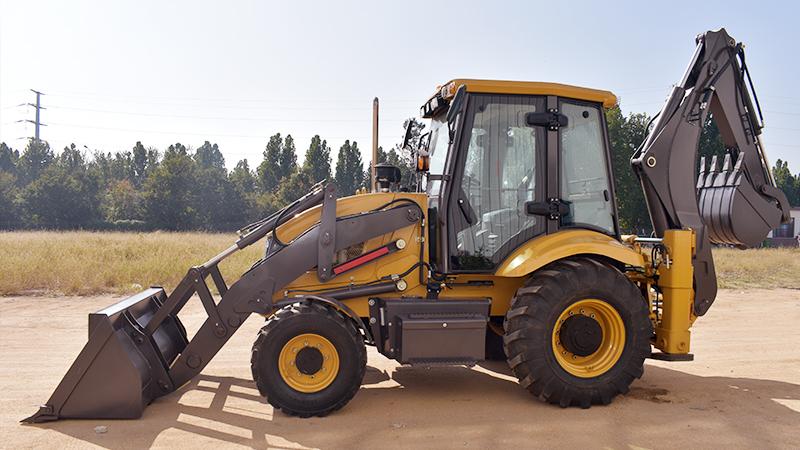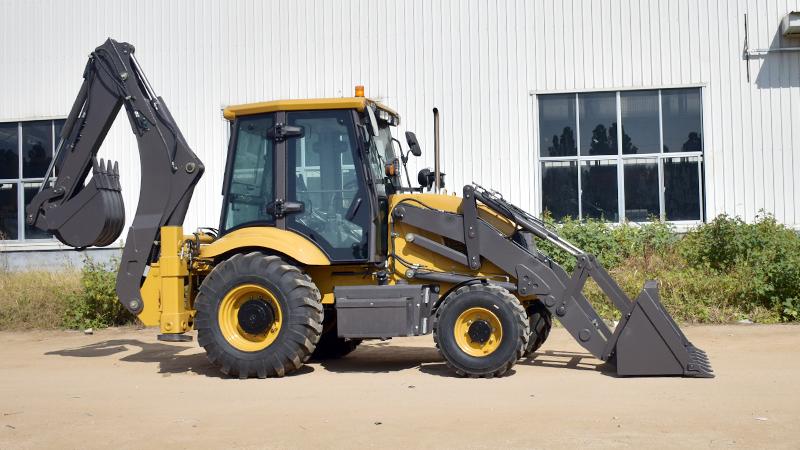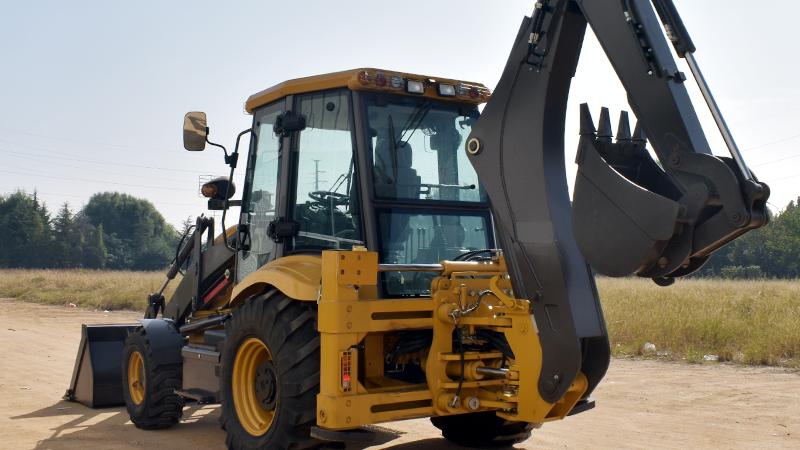The backhoe loader stands as one of the most recognizable and versatile pieces of equipment on any job site, seamlessly blending the capabilities of a tractor, a loader, and an excavator into a single, agile machine. Its inherent value lies not just in its dual-ended design but in its incredible adaptability, which is unlocked almost entirely through the use of specialized attachments. While the standard configuration—featuring a loader bucket on the front and a digging bucket on the back—is highly effective for fundamental tasks like trenching and material moving, it is the ability to quickly swap these standard tools for a diverse array of purpose-built attachments that truly elevates the backhoe loader to a indispensable multi-tool. This versatility is powered by the machine's hydraulic system, which provides the necessary force to operate everything from powerful hydraulic hammers to precise augers. For contractors and operators, understanding the vast ecosystem of available attachments is key to maximizing the return on investment for their backhoe loader. By equipping the right tool for the job, a single machine can efficiently perform the work of several specialized ones, reducing the need for additional equipment rentals and streamlining operations across a wide spectrum of tasks, from construction and demolition to landscaping, agriculture, and municipal maintenance. The strategic selection of attachments transforms the backhoe loader from a general-purpose worker into a highly specialized asset, capable of tackling challenges that would otherwise require a fleet of different machines.
The backhoe end of the machine is a hub of excavation and earth-moving versatility. While the standard tooth bucket is designed for general digging and trenching, a simple swap can dramatically alter its function. A ditch cleaning bucket, with its wider, flatter profile and absence of teeth, is perfect for finishing ditches, grading slopes, and cleaning drainage channels with precision. For handling large volumes of loose material like gravel or mulch, a skeleton bucket or grading bucket allows fine material to sift through while retaining larger debris, making it ideal for sorting and screening. Stepping away from digging, one of the most common and powerful attachments for the backhoe is the hydraulic breaker, or hammer. This tool turns the machine into a demolition expert, capable of breaking up concrete, rock, and asphalt with relentless force. For tasks requiring penetration into the earth, an auger attachment is indispensable. Driven by the backhoe's hydraulics, augers with various diameters and lengths can drill holes for fence posts, foundation piers, and tree planting with speed and accuracy. Furthermore, a thumb attachment—either mechanical or hydraulic—can be added to the backhoe arm. Acting like an opposable thumb to the bucket, it allows the operator to grasp and manipulate irregularly shaped objects like rocks, logs, and debris, significantly enhancing the machine's material handling capabilities for cleanup and loading tasks.
The loader side of the backhoe loader is equally adaptable, transforming the machine into a capable material handling and site preparation workhorse. The most fundamental swap from the standard general-purpose bucket is a set of pallet forks. This attachment enables the machine to lift and transport palletized materials like bricks, sacks, and lumber, effectively functioning as a small forklift around the job site. For handling even larger and bulkier items, such as pipes, culverts, or concrete barriers, a boom extension or material handling arm can provide the necessary reach and leverage. In agricultural and landscaping settings, a grapple attachment for the loader arms becomes incredibly useful for moving and processing brush, logs, and other organic waste. For site grading and final leveling work, a land plane or grading box attachment can be attached to the loader arms, allowing the operator to achieve a smooth, consistent grade by simply dragging the box behind the machine. When dealing with loose soil or gravel that needs to be compacted for stability, a vibratory compaction wheel attachment can be mounted on the loader. This tool uses hydraulic power to generate intense vibratory force, efficiently compacting soil in trenches, around foundations, and on pathways, eliminating the need for a separate walk-behind compactor and saving valuable time and labor.
Beyond the common buckets, breakers, and forks, there exists a world of highly specialized attachments that can tailor a backhoe loader for unique and demanding applications. For utility work and road maintenance, a hydraulic broom attachment sweeps debris from streets and parking lots, while a snow blower or snow plow transforms the machine into a winter maintenance champion. In the realm of landscaping, a trencher attachment can create narrow, clean trenches for irrigation lines or electrical cables more precisely than a standard bucket. A ripper tooth or shank can be mounted on the backhoe to break up hard, compacted soil or fractured rock, making subsequent digging operations much easier. For pipe and cable laying, a tiltrotator attachment, though a more advanced and costly option, provides unparalleled precision by allowing the attachment on the backhoe to rotate 360 degrees and tilt laterally, enabling digging and grading at complex angles without constantly repositioning the entire machine. The key to leveraging this immense versatility lies in the quick coupler system, which allows operators to change attachments on both the loader and backhoe ends in a matter of minutes. This interoperability is the true genius of the backhoe loader, making it the Swiss Army knife of the construction world, capable of adapting to the evolving needs of any project from start to finish.
Post time:Sep.25.2025



